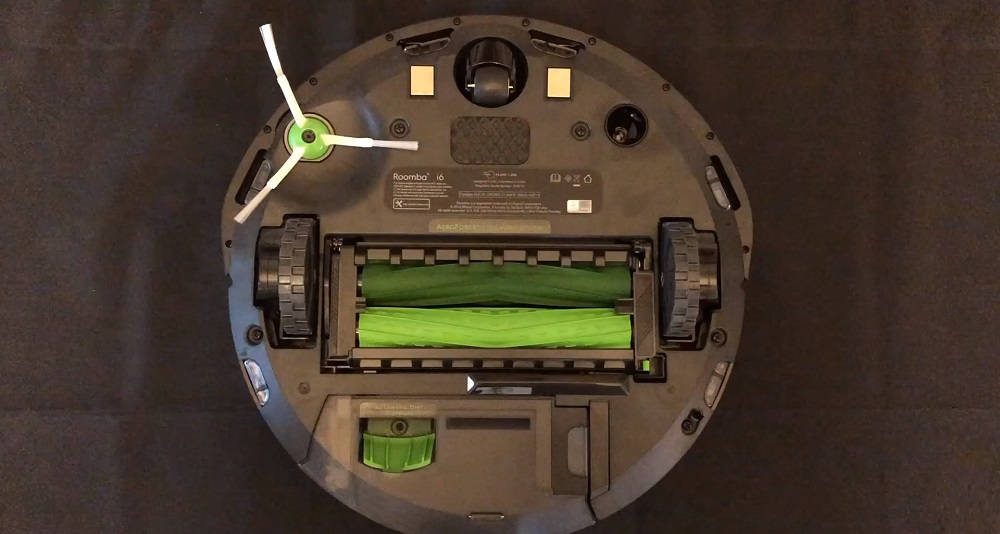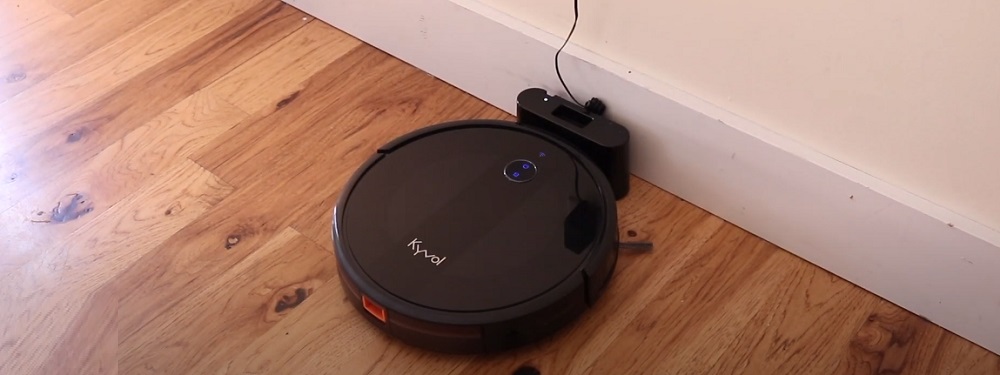Shopping for the best robotic vacuum cleaner for your dollar is a lot harder than it sounds. The latest models come with a wide range of features which, if we’re being honest, may not differ that much from its competition.
However, one of the most crucial factors to consider looking at potential robotic vacuum cleaners to take home with you is the Pa rating. This brief guide will tell you what you need to know about Pa and how much power your little robot should produce.

What is Pa?
Pa, or Pascal, is the unit of measurement used to gauge atmospheric pressure, or, in other words, how much the robot sucks. The higher the Pa rating, the more powerful the suction.

Like any vacuum, suction power plays a tremendous role in the robot’s cleaning performance. A higher Pa rating will allow it to clean different types of surfaces and pick up larger pieces of debris, whereas a low-Pa robot may choke when running over dropped cereal or dry pet food.
However, a robotic vacuum cleaner’s overall performance relies on several other factors, including but not limited to the side brushes, beater brush or brush roll, and inlet design. That said, the Pa rating is a pretty clear indicator of what the robot can and cannot do.
How Much Power do I Need?
The most appropriate Pa rating depends on your home’s floors. Different robot vacs deliver varying Pa levels, making them ideal for different or multiple tasks.
If your floors are covered in wall-to-wall carpeting, then it’s highly recommended that you find a robot with a higher Pa rating—at least 1,500 to be safe. Some robots can deliver upwards of 2,000 Pa that, among other things, will increase their carpet-cleaning abilities.

As for bare floors, a 500- or 600-Pa robot will suffice, though a higher Pa rating will ensure that the robot picks up tiny specks of dust from tile ground and in between floorboards. Once again, to be safe, we recommend sticking to at least 800 Pa for exclusive bare floor homes.

Roborock showing Pa suction on its product pages (Amazon)
How Much Noisier are High-Pa Robots?
If you’re worried about noise output from a suction-heavy robot vacuum cleaner, don’t be. These devices come with tiny motors that hardly produce a sound, even while working at full power. At most, there might be a 10- to 20-decibel difference, which is hardly noticeable from a distance.

Unless you’re tailgating your robot, you won’t notice a thing.
How Does Pa Affect Mopping Performance?
Some of the latest robotic vacuum cleaners come with a mopping function, which is basically a glorified wet wipe. These robots gently wipe your floors with a soft-fibered cloth that draws moisture from an onboard water tank.
Now, it’s important to note that the mopping and vacuuming functions are entirely separate. Mop bots are not carpet cleaners, meaning they do not make suction moisture from carpets or floors but rather simply wipe spills away. So, to answer the question, there is no relationship between the robot’s Pa rating and how well it mops.

If you have any comments, please add them below. Similarly, please let us know if you spot any errors.




Where can you find the PA ratings for vacuum cleaners?
I saw an article listing PA rating and many other ratings to take into consideration when buying a vacuum cleaner, but when I asked them where I could find this information they had no answer.
(iRobot) Roomba robot vacuums won’t publicly share Pa suction ratings, but other brands like Roborock do, for example, on this page https://www.amazon.com/dp/B09N3JKFFY/
The Roborock Q5 Robot Vacuum Cleaner, as listed on the provided Amazon page, boasts a powerful 2700Pa suction. This strong suction capability ensures that the Roborock Q5 can effectively pick up pet hair, dust, and finer particles from various surfaces, including floors and carpets. When the vacuum detects a carpet, it automatically increases its suction to the maximum for a deeper cleaning.